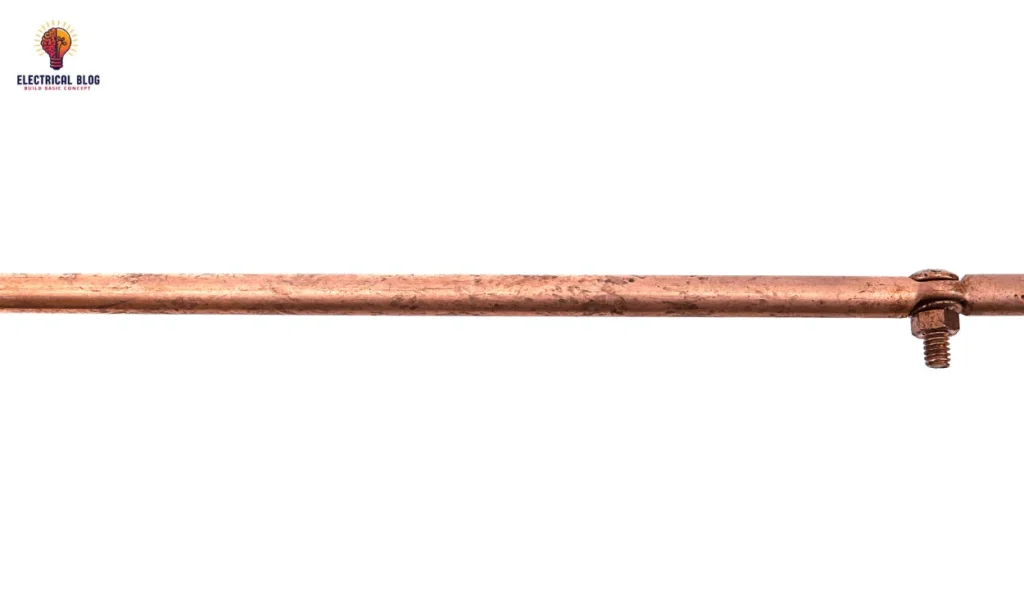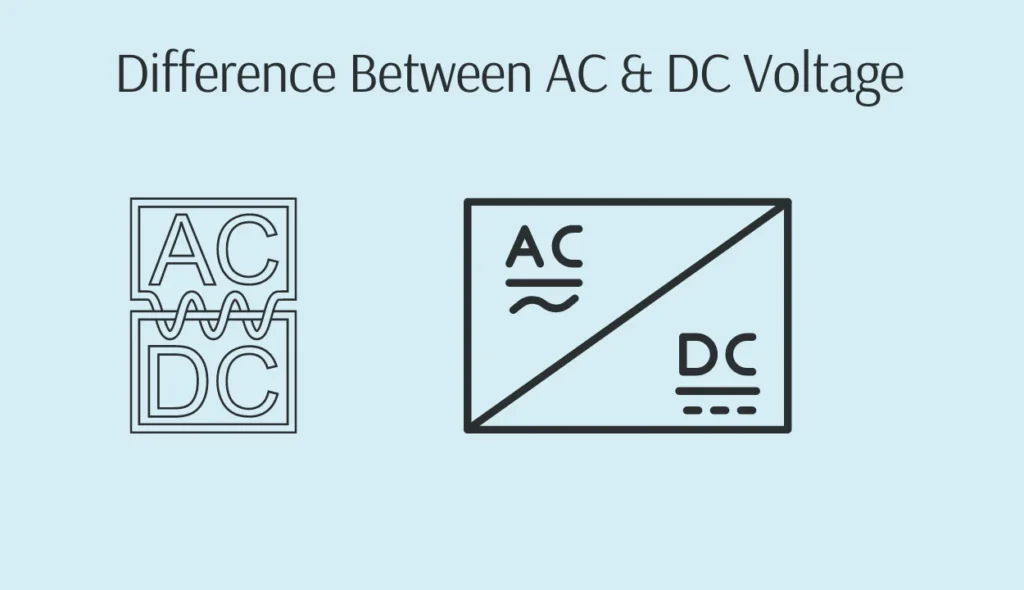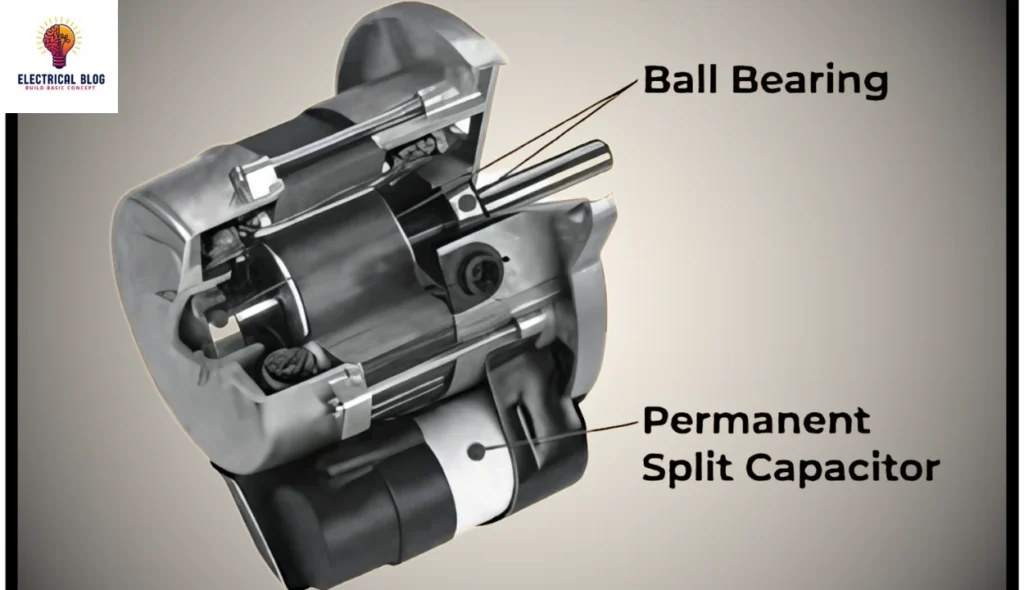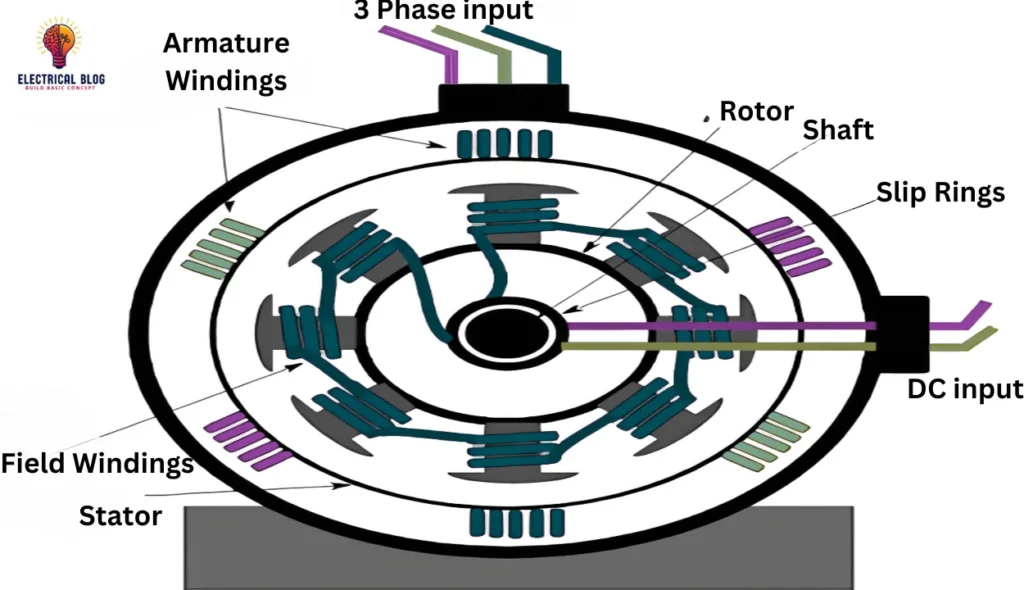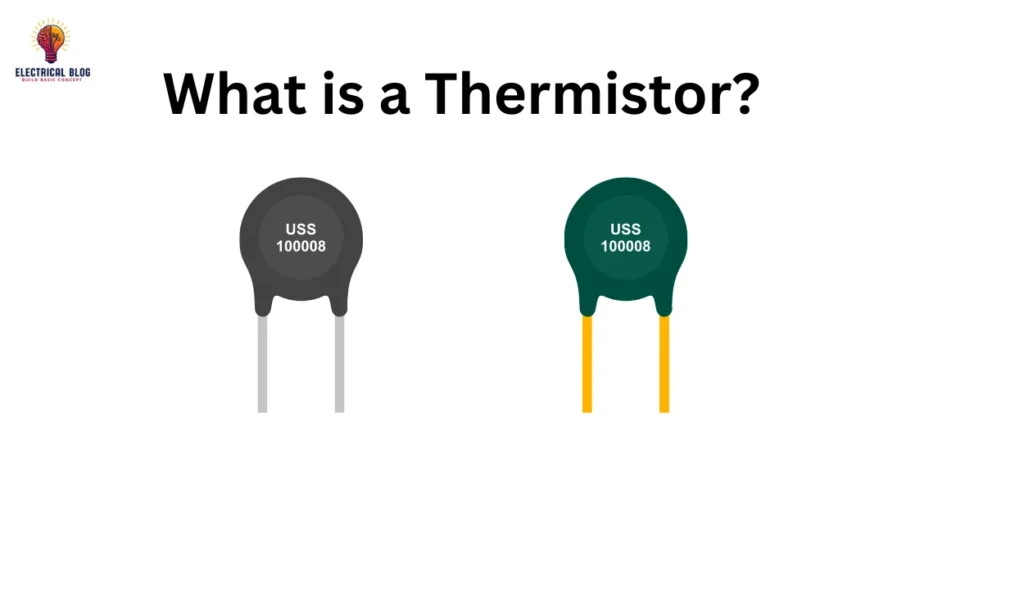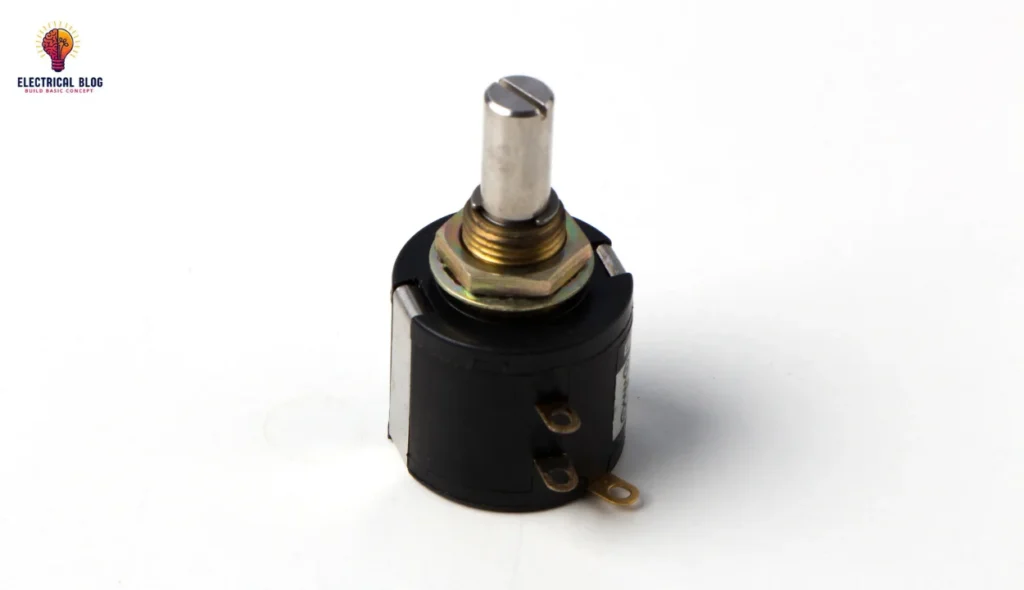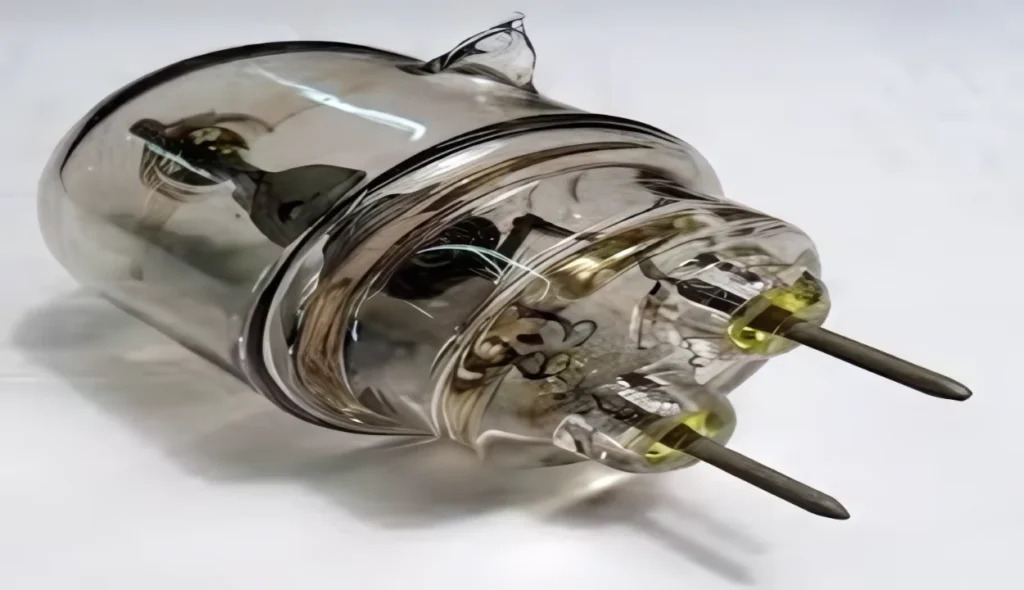Essential Guide to Electrical Grounding Rods
Introduction to Electrical Grounding Rods When setting up electrical grounding systems, one crucial element is the ground rod, which creates a reliable pathway for excess electricity to safely enter the earth. Without proper installation, unchecked electrical currents could cause serious harm to people and damage electrical equipment. A well-thought-out design ensures that these rods effectively […]

